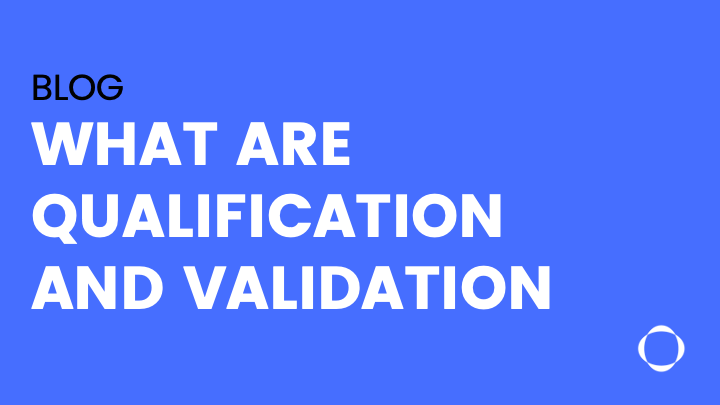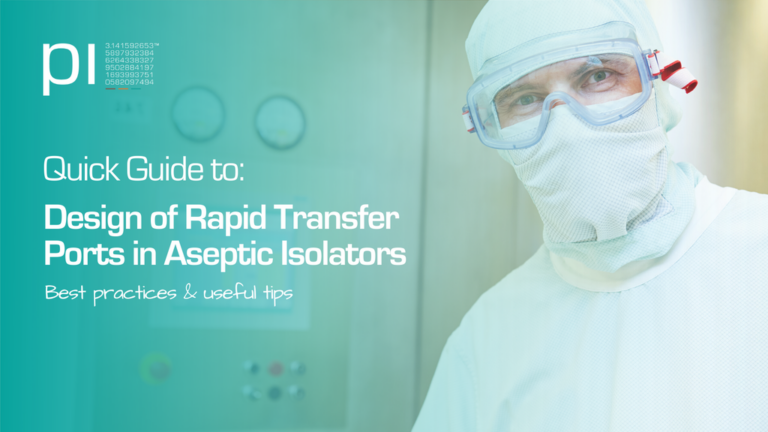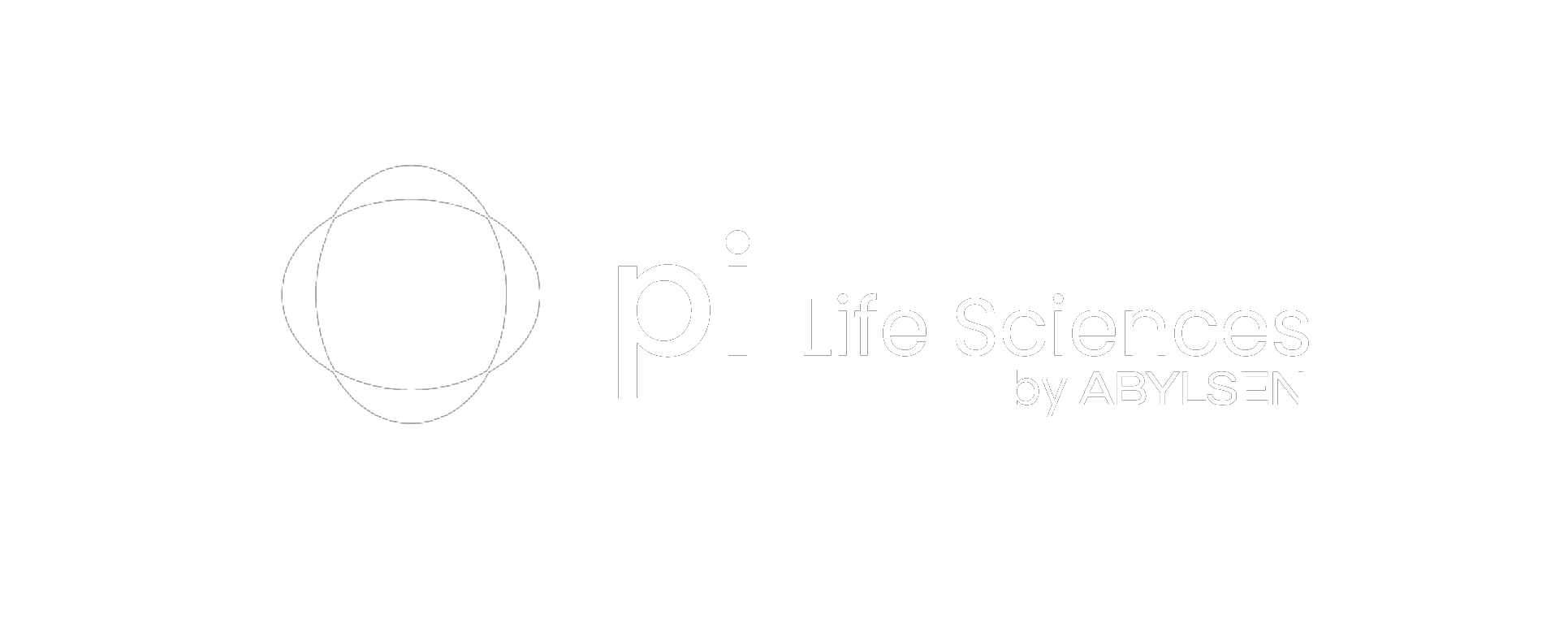Qualification and validation are two words we use a lot in GMP, and sometimes we interchange them. This blog explains the difference between these two terms and introduces how qualification and validation help ensure compliance in the pharmaceutical industry.
And just for fun, we’ll add in calibration and verification as well! Are you ready? On your mark! Go!
Level 1: What is validation?
As you might expect, there’s a sequence to these words. We will start by taking a look at validation and work our way down to verification.
In short, validation is the documented objective evidence that a specific process, procedure, or activity will consistently produce results meeting predetermined specifications.
Validation is a requirement of food, drug, and pharmaceutical regulating agencies (such as the United States FDA) and GMP (Good Manufacturing Practices). The fields in which validation can take place are varied, and we’ve decided to list a couple of them below:
- Equipment validation
- Cleaning Validation
- Process Validation
- Analytical method validation
- Computer system validation
For the longer answer, let’s first set up our example. We all like our freshly squeezed orange juice in the morning, but it does not magically appear on the table for some strange reason. No, you’re going to need a juicer to get the good stuff flowing. So, the juicer is going to be our example for the rest of the blog.
The validation of said juicer will go as follows:
- Defining the intended use: does it just need to make orange juice or other things as well?
- Listing the user requirement specifications (URS): minimum volume, speed, mesh size for the pulp, power source available …
- Conduct a risk assessment: what are the possible risks that cause an impact on safety and quality, and how can we reduce them?
- Perform the qualification (ta-daaa, you discovered level 2)
- Maintaining the validated state (in case of upgrades, changes, …)
Level 2: What is a qualification?
So, you’ve made it to level 2! Welcome to the wonderful world of qualification! As you might have noticed earlier, qualification is the part of the validation process focusing on the system itself. The series of inspections and tests performed to ensure that all requirements (listed among the user requirements) are satisfied and that documents and procedures necessary to operate and maintain the system correctly are in place.
We’ve already listed some for our juicer: speed, minimum volume, and mesh size. Qualification is where the magic happens and where we actually test our piece of equipment.
What are the phases of qualification:
- The Installation Qualification (IQ) ensures that the juicer is installed correctly (including its parts) and that any requirements related to its installation have been met (such as availability of an electrical outlet).
- The Operational Qualification (OQ) ensures that the operational requirements of the juicer have been verified and tested. It will generally consist of a test or series of tests designed to challenge the operating requirements (such as speed and mesh size in our example) as provided by the supplier. The testing ranges should include conditions encompassing upper and lower operating limits. It also encompasses calibration and related records (level 3 unlocked!).
- According to our intended use, the Performance Qualification (PQ) aims to qualify the operation of the system as a whole. This translates loosely to “does our juicer produce orange juice the way we want it to (minimum value, mesh size, speed, …)”? It should demonstrate that the juicer works consistently, providing consistent orange juice quality.
Once your qualification is complete, you can write a qualification report summarizing your successes and findings. And lastly, you can release the juicer for use. Enjoy!
But we’re not done yet: we mentioned that the OQ contains the calibration records, so let’s get down to level 3 and see what all that is about!
Level 3: What is calibration?
Calibration ensures the measurement accuracy of an instrument compared to a known standard, which might be another calibrated instrument. Unlike a verification (level 4 is now available). For our juicer example, let’s use the speed parameter. The speed might be measured by using a tachometer. This tachometer should be calibrated using a standard (which might be a NIST-certified tachometer) before we can use it to evaluate our juicer. When testing the accuracy of the tachometer, the outcome of the comparison can result in one of the following:
- No significant error
- A significant error, but no adjustment is made
- An adjustment is made to correct the error to an acceptable level
However, the correct use of the term calibration does not strictly contain the adjustment, only the comparison to a standard. The calibration standard itself usually is traceable to a national or international standard such as NIST.
Calibration may be required for the following reasons:
- A new instrument
- After repairs or modifications
- Moving location
- Periodically
- After an event (let’s be dramatic and say earthquake)
- Due to questionable results
As we now know, calibration measures an instrument’s operating capabilities, the link to qualification, and, more specifically, operation qualification is easily made.
One more level to go: the verification.
Level 4: What is verification?
We’ve seen a lot of confusion between the terms calibration and verification. While calibration focuses on accuracy (for example, the tachometer), verification aims to prove that the instrument or process is still working correctly according to its stated operational specifications. Let’s apply this to our example immediately: if the juicer needs to be set at 50 rpm (rotations per minute) to ensure the quality of the orange juice, we can use the tachometer to verify if the 50 rpm is still 50 rpm and we can check if the juicer is actually set at 50 rpm.
Many parts of the qualification process (the actual tests) are verification: verifying settings, verifying parameters, verifying results, … And much like calibration, verification is performed on many occasions:
- A new instrument
- After repairs or modifications
- Moving location
- Periodically
- After an event (let’s be less dramatic and say it fell on the ground)
- Due to questionable results
This is what verification is and does, nothing more, nothing less.
There’s only one question remaining: why are we doing all of this? Are you ready to unlock the final level? The level where you can discover the point of it all?
Final level: Why?
So why do we do it? Validation (and all subsequent steps) provides you with the trust that your processes, instruments, systems, and activities are kept in a maintained state of control while confident that consistent results (be it test results or product quality) will be achieved. In addition, it increases your knowledge of the process by diving deep into the subject matter, allowing you to detect potential weak spots and implementing continuous improvement.
Thirsty for more information about how qualification and validation work? Want to take a deep dive into the subject? Are you interested in oranges? Well, keep an eye out for our training about the qualification and validation process!







